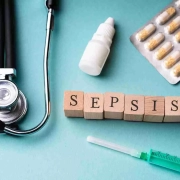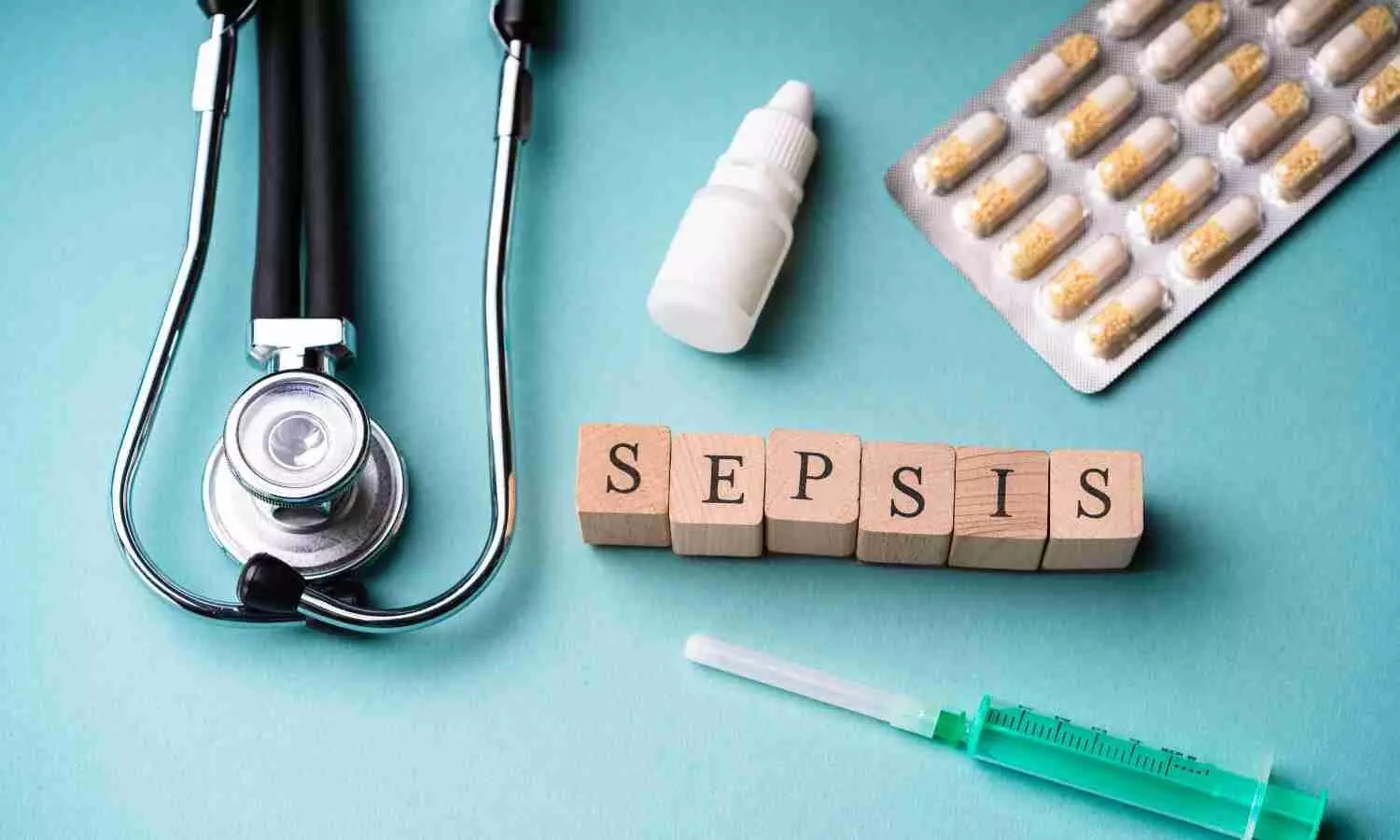J-shaped curve apparent between dietary thiamine and worsening mental acuity

There seems to be a J-shaped curve between dietary thiamine (vitamin B1) and worsening mental acuity among cognitively healthy older people, suggests research published in the open access journal General Psychiatry.
The sweet spot seems to be a daily intake of 0.68 mg, below which there is relatively little impact. But higher daily intake was strongly associated with cognitive decline, with the optimal maintenance dose 0.6 to less than 1 mg/day, the findings show.
Thiamine is an essential water-soluble B vitamin involved in energy metabolism and brain neurotransmitter activity. Good dietary sources include whole grains, fortified breakfast cereals, legumes, liver, and salmon.
Small previously published studies suggest that high doses can improve cognitive function in people with mild cognitive impairment or early stage dementia. But it’s not clear if usual dietary intake is associated with slowing, or speeding up, cognitive decline.
To explore this further, the researchers used publicly available data from the China Health and Nutrition Survey (CHNS), a long term multipurpose study which began in 1989, and which included nearly half the country’s population by 2011.
In 1997, 2000, 2004 and 2006, mental acuity was repeatedly assessed for cognitively healthy participants aged 55 and above. The current study is based on 3106 participants, with an average age of 63, and at least two rounds of survey data.
Information on diet was collected in each survey round, supplemented by detailed data on personal dietary intake over 24 hours on 3 consecutive days of the week, and collected in person by trained investigators. Nutrient intake was calculated using the Chinese food composition tables.
Three tests of immediate and delayed recall of a 10-word list, counting backwards from 20, and serial subtraction of 7 five times from 100, taken from the Telephone Interview for Cognitive Status–modified (TICS-m), were used to evaluate verbal memory, attention, and numerical fluency, respectively.
A higher score for each item (including verbal memory [0-20 points], attention [0-2 points] and calculation [0-5 points]) indicates better cognitive function, with a global cognitive score ranging from 0 to 27 points and also a composite score ranging from -1.82 to 1.67 standard units.
The average monitoring period was nearly 6 years, during which time a J-shaped association emerged between dietary thiamine intake and the pace of decline in cognitive function over 5 years.
Average thiamine intake was 0.93 mg/day, but the threshold seemed to be a daily intake of 0.68 mg. There was no significant association with cognitive decline below this level.
But above 0.68 mg/day, each daily unit (1 mg/day) increase in thiamine intake was associated with a significant fall of 4.24 points in the global cognitive score and 0.49 units in the composite score within 5 years. Since the global cognitive score ranges from 0 to 27 points, a decline of about 4 points means a decline in cognitive function of at least 15%
These associations were stronger among those who were obese, had high blood pressure or who were non-smokers, although after further in depth analysis, the modifying effect of high blood pressure and smoking became statistically insignificant,
To further explore the optimal range of dietary thiamine for maintaining cognitive function, intake was further divided into 0.4, 0.6, 0.8, 1, 1.2 and 1.4 mg/day.
This showed that the lowest risk was associated with a thiamine intake of 0.6 to less than 1 mg/day. Similar patterns were also observed after accounting for daily intake of other B vitamins (riboflavin and niacin) and other foods, such as red or processed meat.
None of the other variables, including age, sex, alcohol consumption and dietary intake of fat, protein or carbohydrate, significantly changed the findings.
This is an observational study, and as such, can’t establish cause, acknowledge the researchers. And 24-hour dietary recall only captures information on specific days and may not be completely accurate. The study also focused on older people in China, so the findings may not be applicable to other nationalities and age groups, they add.
“Thiamine deficiency may lead to an insufficient supply of energy to the neurons of the brain and decreased acetylcholine signalling in the brain, which may impair cognitive function,” suggest the researchers, by way of an explanation for their findings.
“If substantiated by further research, our study highlights the importance of maintaining optimal dietary thiamine intake levels in the general older population to prevent cognitive decline.”
Reference:
https://gpsych.bmj.com/lookup/doi/10.1136/gpsych-2023-101311
Powered by WPeMatico



















